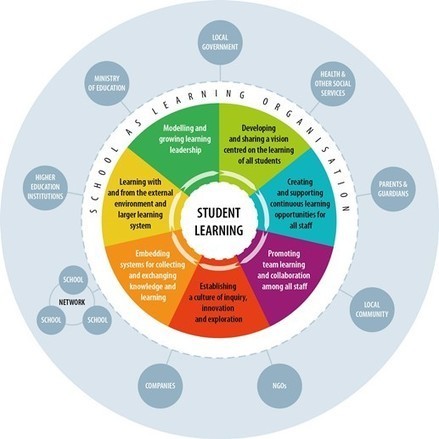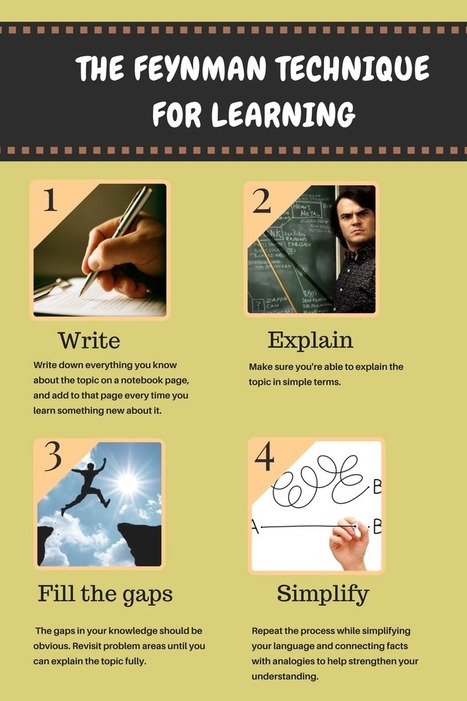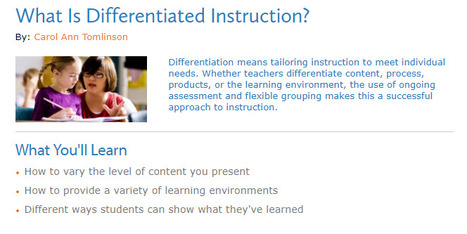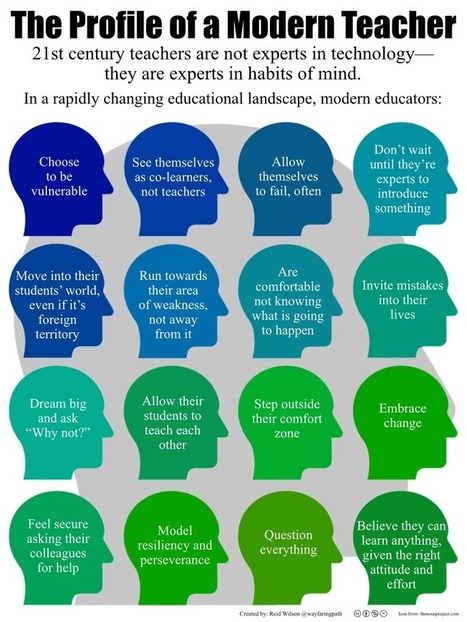Schools nowadays are required to learn faster than ever before in order to deal effectively with the growing pressures of a rapidly changing environment. Many schools however, look much the same today as they did a generation ago, and too many teachers are not developing the pedagogies and practices required to meet the diverse needs of 21st-century learners.
In response, a growing body of scholars, educators and policy makers around the world is making the case that schools should be re-conceptualised as “learning organisations” that can react more quickly to changing external environments, embrace innovations in internal organisation, and ultimately improve student outcomes.
Despite strong support for and the intuitive appeal of the school as a learning organisation, relatively little progress has been made in advancing the concept, either in research or practice. This lack of progress partly stems from a lack of clarity or common understanding of the school as learning organisation.
Learn more / En savoir plus / Mehr erfahren:
https://gustmees.wordpress.com/2014/03/29/practice-learning-to-learn/
http://www.scoop.it/t/21st-century-learning-and-teaching/?&tag=modern-education
Via Edumorfosis, Lisa Marie Blaschke, Gust MEES



 Your new post is loading...
Your new post is loading...

























